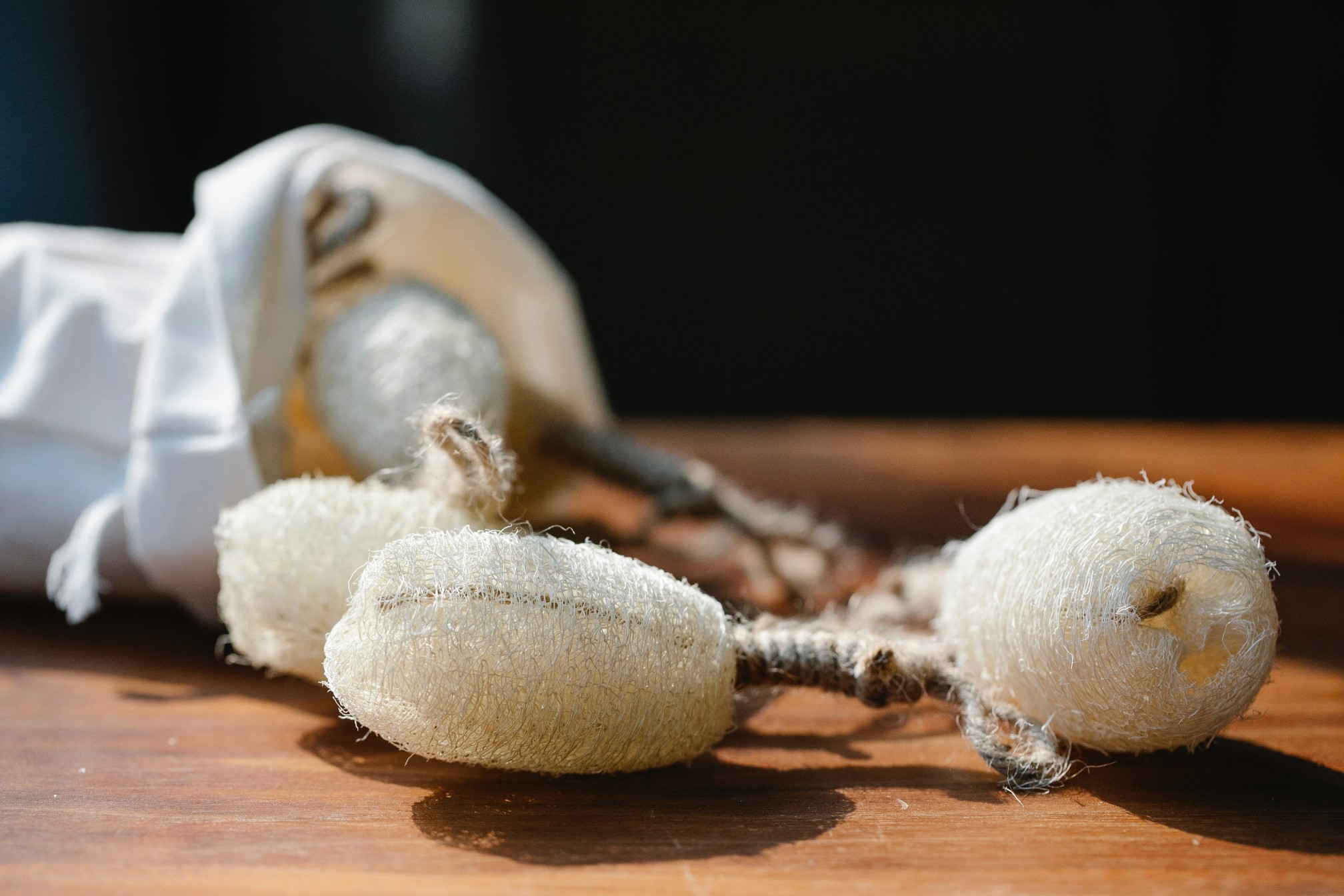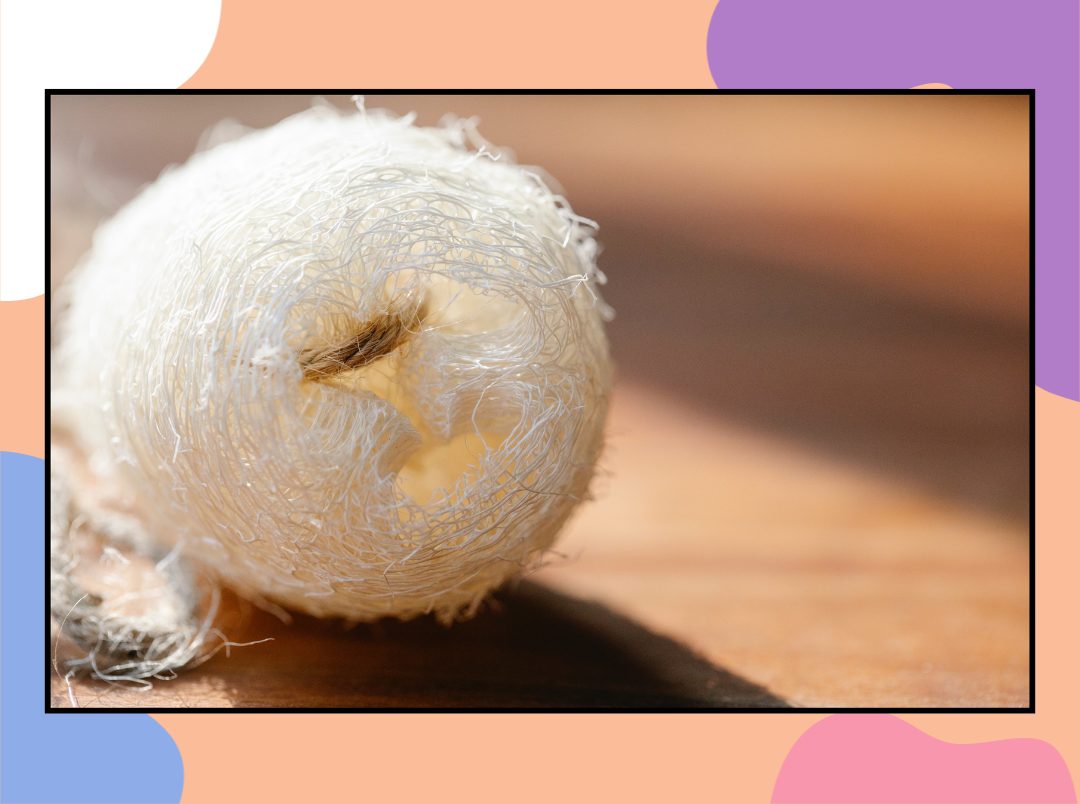I’ve committed to loofahs for almost two years of my life. I remember enjoying the concept of submerging my hot-pink loofah in a bucket of water and drenching it in my father’s go-to aqua-scented body wash. The process was almost cathartic, and it roused me out of my slumber before school. But I recall not loving how my skin felt right after I’d dried off — dry and rough. And this problem was more evident during the winters. I noticed how the loofah looked withered and aged within 2 or 3 weeks of using it too. I think I just stopped using loofahs the day my mother stopped buying them for us. That was my tryst with the fibre, and now, I believe I’m better off without it in my shower. But I did some digging, and what I found is cringe AF.
Using A Loofah Is An Expert-Approved Way Of Self Sabotage

They’re Bacteria-Riddled Colonies
Are loofahs inherently bad? Yes. You might scrub your skin with a loofah to rid it of grime and build-up, but your fibre-riddled friend is no hygienist. Loofahs come in contact with a lot of unclean regions of the body. Any bacteria and dirt wedged between the weaves of the scrub multiply over time — allowing more organisms (including E. coli, Pseudomonas Aeruginosa, Staphylococcus, Streptococcus as well as fungi) to colonise it. Eventually, your loofah propels them into your skin. Infections develop — which are particularly detrimental for those with weak immune systems. Add to that the moisture and poor air-circulation of the shower. Even if you’re using a particular one for your body, never let it touch your face.
Abrasive & Micro-Tearing, They’re Like Kylie’s Walnut Scrub
Apart from being a reservoir for microbes, loofahs are particularly harsh on the skin. They’re notorious for triggering redness, folliculitis, tinea, acne, and inflammation thanks to how abrasive their fibres are. It can also over-dry the skin, and lead to flakiness. If your skin type is sensitive, don’t risk exfoliating your body with a loofah. But what can you use instead of a loofah? Experts believe that your hands and a body wash are good enough. If that doesn’t cut it, use gentle physical or chemical scrubs formulated for the body.
They’re Hurting The Planet
Many loofahs are plastic-based. They can send bits and pieces of plastic down your drain, and into the ocean. A big turn-off!
But If You Love It Too Much…
You need to learn how to clean your pretty loofah:
- Make sure you’re tossing it into the bin within 60 days.
- If your loofah smells mildewy or mouldy, or your skin feels itchy or irritated post showering, get rid of it immediately.
- You must clean your loofah after every week with a little bit of bleach-water solution. Let it soak for 5 minutes, and run it under cold water before drying it off.
- Once you’re done showering, hang it on a hook in a cool, dry place away from the humidity of your shower to allow it to dry completely.
- Don’t use a loofah for a few days after shaving. Shaving can cause tears and cuts in the skin, and a loofah can transmit bacteria into your body through these cuts because your skin barrier is compromised.
- Do not use it on the face or genitals.
- Replenish your skin’s moisture with lotions and body butter after your shower.
But, hey, we’re still not Team Loofah!
Featured Image: Pexels






